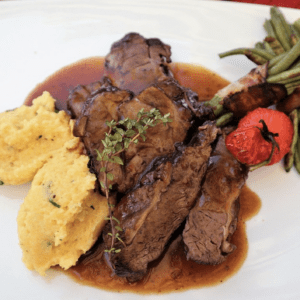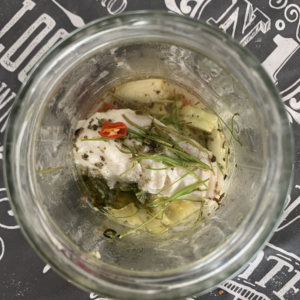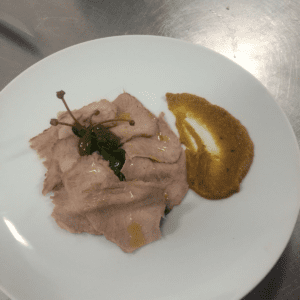The history of the Wellington fillet dates back to 1815, the year of the Battle of Waterloo between Napoleon Bonaparte and the seventh coalition led by General von Blucher and Arthur Wellesley.
His name will probably tell you nothing but it will be clearer to you knowing that precisely in this year he received the title of Duke of Wellington for the defeat of Napoleon in the battle in question, which was decisive for the end of the Napoleonic empire.
In fact, it seems that the general had very difficult tastes in terms of food and that the cooks serving him were never able to satisfy him despite the fact that they continually offered him new recipes and delicious dishes. Many of them were fired and making the hero of the Battle of Waterloo happy was no easy feat, as cooking interested him very little.
One day a type of roast was brought to his table which in shape and color when cooked in a crust reminded the Duke’s boots: both the boots and this second dish were in fact golden and cylindrical in shape and hence the name of the fillet was born to Wellington.
The Wellington fillet is a rich and sumptuous dish based on beef, raw ham and champignon wrapped in a shortcrust pastry, it is prepared especially in the winter and typical of the Christmas holidays especially in the United Kingdom, where it also includes English mustard among the ingredients and chestnuts.
Here is my version.
I recommend pairing the dish with a structured glass of red wine:
Nebbiolo DOCG or Nero D’Avola DOC, Italy
Pinot Noir DOC Grisons, Switzerland
Medoc AOC Cru, France





